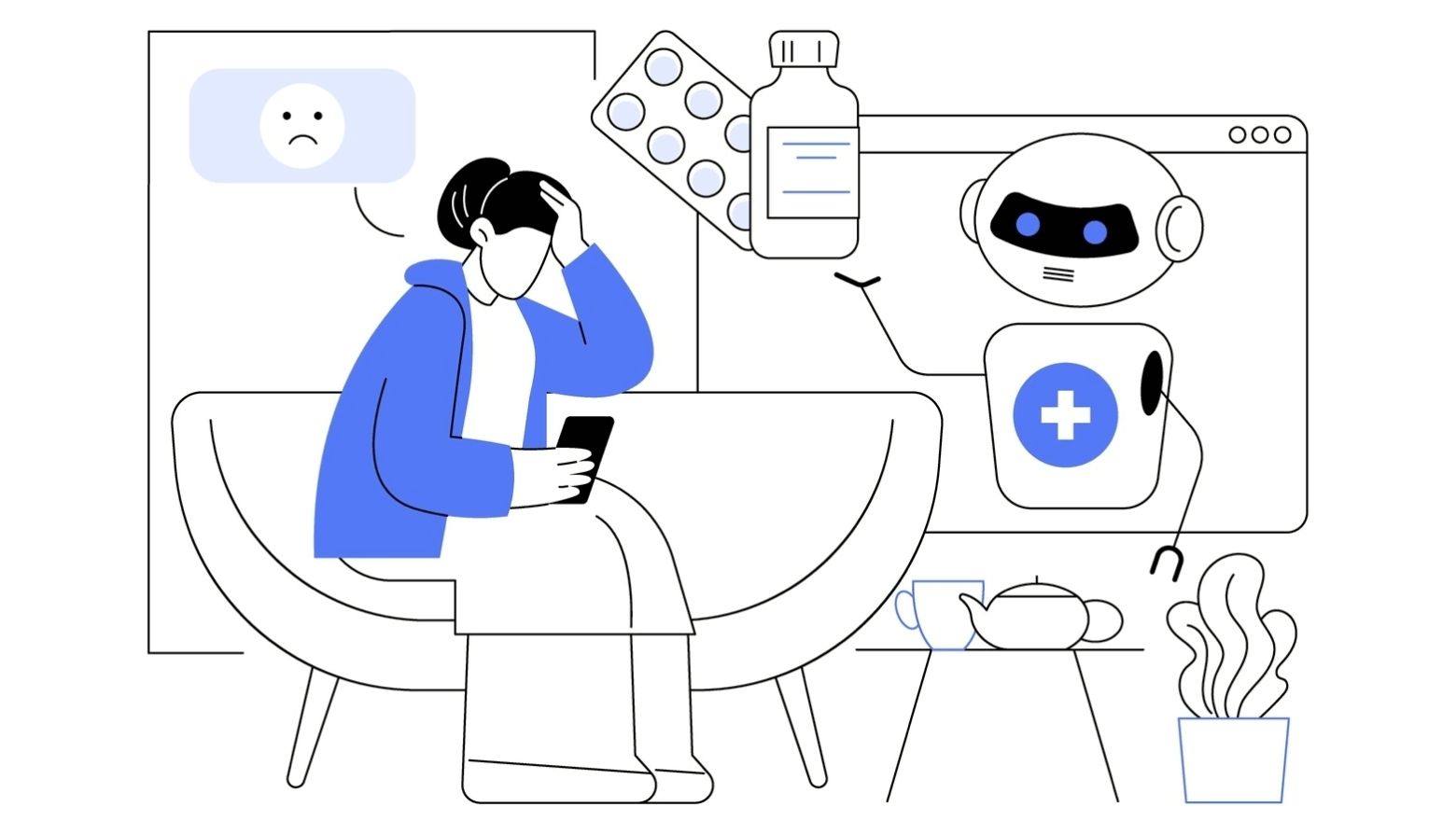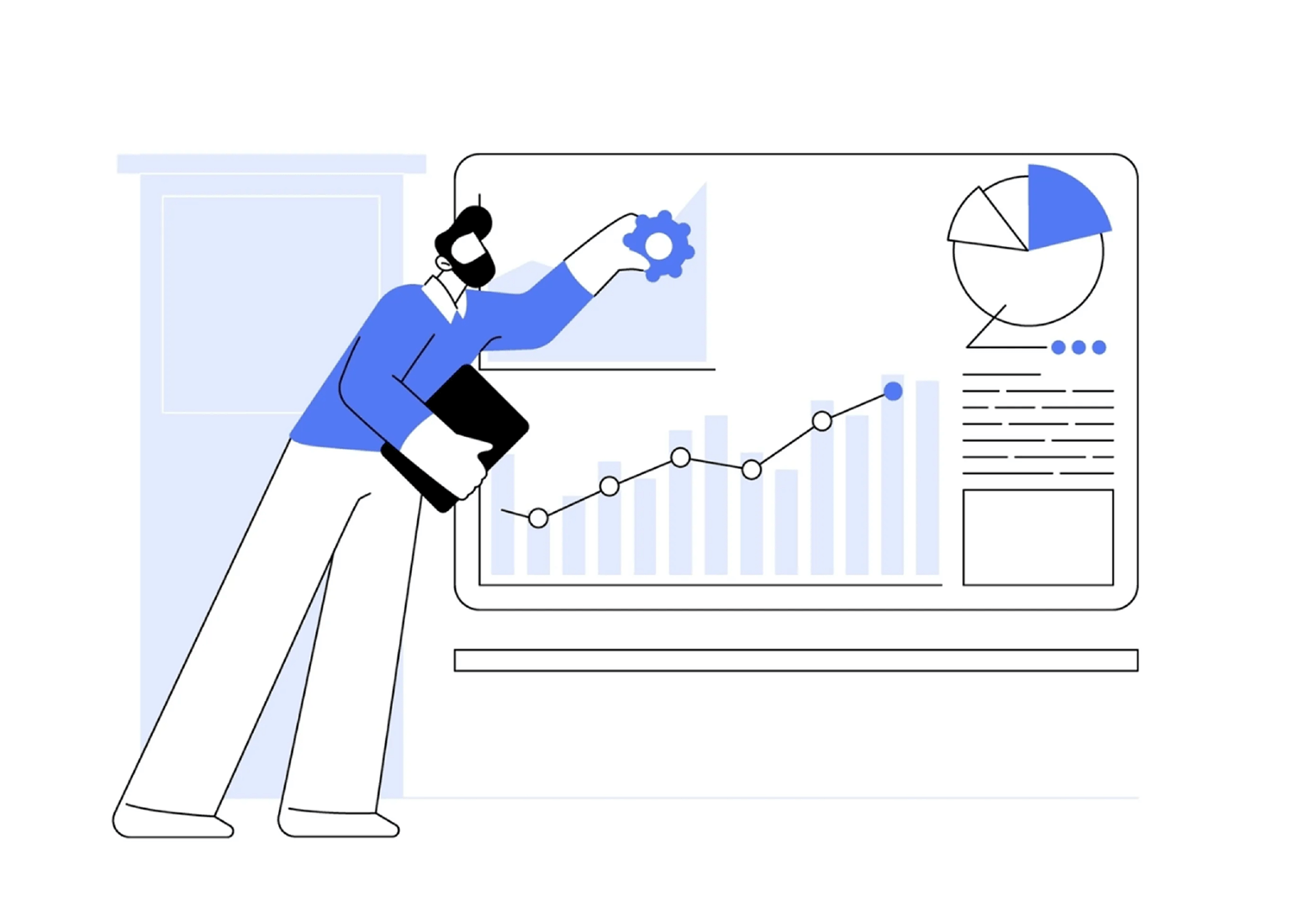In today's world, healthcare knows no borders, and successful patient treatment increasingly depends on the accurate translation of medical information. Imagine a patient who needs medical help in another country, but who is unable to explain his symptoms due to a language barrier. Or an international research team whose important discoveries might be delayed due to misunderstandings.
Lingvanex, a leader in machine translation technology, offers an on-premise solution tailored to the unique needs of the healthcare and life sciences sectors. In the context of these fields, this article takes a closer look at the importance of MT and goes on to describe Lingvanex’s offering’s main capabilities and benefits, as well as its current drawbacks and challenges.

Machine Translation in Life Sciences and Healthcare
Language barriers can be a real obstacle in global healthcare and life sciences. Multilingual support in healthcare is essential for providing equitable access to medical services and improving patient satisfaction across diverse populations. Critical scenarios where precise translation is essential include:
Clinical Trials: Machine translation of medical documents plays a crucial role in ensuring that non-native speakers receive accurate and comprehensible information about their health care. Accurate translation of protocols and patient information is crucial to ensure valid results and patient safety.
For instance, in a multi-center trial for a new diabetes medication, participants in Japan, Germany, and Brazil must follow the same protocols. If the original English protocol is inaccurately translated, a crucial step might be misinterpreted, leading to inconsistent data or patient harm. Correct translations ensure compliance and reliable results across all trial.
Patient Records: Medical records must be accurate and understandable. A translation error can change the diagnosis and treatment, which can harm the patient. The implementation of multilingual patient communication systems in healthcare facilities enhances understanding and improves patient outcomes by bridging language barriers.
Thus, if allergy information is mistranslated in a patient's record, it can result in the administration of contraindicated medication. This could lead to severe allergic reactions, such as anaphylaxis, which can be life-threatening. Accurate translation of medical records ensures that healthcare providers have the correct information to make informed decisions, ultimately safeguarding patient health and ensuring appropriate and safe treatment plans.
Medical Research: Scientific research requires precise data exchange. Translation errors can distort results and slow down progress.
An example is the translation of research papers from international studies to ensure that the global scientific community accurately understands the research outcomes, facilitating further research and collaboration.
These examples highlight the importance of precise translations to maintain patient safety and uphold scientific integrity.
Key Features of Lingvanex On-Premise Machine Translation Software for Life Sciences and Healthcare
Lingvanex's on-premise MT software offers several features tailored to the healthcare and life sciences sectors:
- High Accuracy and Speed: Lingvanex's advanced algorithms and neural networks ensure the highest accuracy and translation speed, which is especially important in critical medical scenarios.
- Scalability and Integration: The software easily integrates with existing medical systems, allowing it to be scaled across large medical institutions. Hospitals with expanding operations can integrate Lingvanex MT into their electronic health records systems to handle increased translation demands efficiently.
- Support for Multiple Languages and Medical Terminologies: Lingvanex supports over 100 languages and specialised medical terminology, making it an indispensable tool in global healthcare. Machine translation of pharmaceuticals is vital for ensuring that medication information is accurately communicated to patients and healthcare providers across different languages. For example, a multinational pharmaceutical company can use it to translate drug information leaflets into multiple languages, ensuring compliance with local regulations.
- User-Friendly Interface and Ease of Deployment: With an intuitive interface and straightforward deployment, healthcare professionals can quickly adopt and utilise the software. A healthcare provider in a rural clinic can deploy Lingvanex MT with minimal technical support, enhancing patient communication.
- Extensive Language Support: Lingvanex supports a broad spectrum of languages, accommodating the diverse linguistic needs of global healthcare providers and patients. For instance, a global health initiative can use the software to communicate health guidelines effectively to communities speaking less common languages.
Advantages of On-Premise Machine Translation in Life Sciences and Healthcare
On-premise MT solutions offer several benefits, enhancing various aspects of healthcare and life sciences operations:
- Improving Communication with Patients: Accurate translations ensure that patients clearly understand their diagnoses, treatment plans, and medical instructions. Machine translation helps establish effective communication between doctors and patients, eliminating language barriers and improving the quality of medical services.
- Cost Reduction: Using machine translation reduces the costs of professional translation services, which is particularly important for medical institutions with limited budgets.
- Improving Accuracy and Quality: On-premise solutions can be fine-tuned to the specific needs of the healthcare sector, improving translation accuracy and quality.
- Ensuring Confidentiality and Data Security: Sensitive data remains within the organisation, ensuring confidentiality and reducing the risk of data breaches.
- Eliminated Data Leakage Risks: Lingvanex’s local solution guarantees complete data privacy and security, eliminating the risk of information leakage.
- Support for Multilingual Staff: Facilitating communication among multilingual healthcare staff enhances team coordination and patient care.
- Accelerating Research and Clinical Trials: Machine translation speeds up the process of conducting medical research and clinical trials by providing fast and accurate translation of documentation.
- Support for Telemedicine and Remote Counseling: Accurate translations are crucial for telemedicine and remote counselling, ensuring effective communication between healthcare providers and patients across different languages.
Disadvantages of On-Premise Machine Translation in Life Sciences and Healthcare
Despite its advantages, on-premise MT solutions have some limitations:
- Limited Accuracy and Contextual Mistakes: While highly accurate, MT systems may still struggle with contextual nuances and complex medical terminology.
- Lack of Personalization: Machine translation does not always consider individual patient characteristics, which can limit its application in certain cases.
- The Need for Post-Editing: To ensure the highest accuracy, translations often require human post-editing, which can be time-consuming and costly.
- Dependence on Technological Infrastructure: Effective deployment of on-premise MT solutions requires robust technological infrastructure, which may not be feasible for all organisations.
- Lack of Emotional and Cultural Sensitivity: Machines may fail to capture the emotional and cultural nuances of language, which are important for proper communication between patients and medical staff.
Conclusion
Machine translation plays a pivotal role in overcoming language barriers in the healthcare and life sciences sectors, enhancing communication, improving patient care, and supporting medical research. Lingvanex’s on-premise MT solution offers high accuracy, scalability, and robust support for multiple languages and medical terminologies, making it an invaluable tool in these fields. While on-premise MT solutions have their limitations, their advantages in ensuring data security, reducing costs, and improving translation quality make them a vital component of modern healthcare and life sciences operations.



